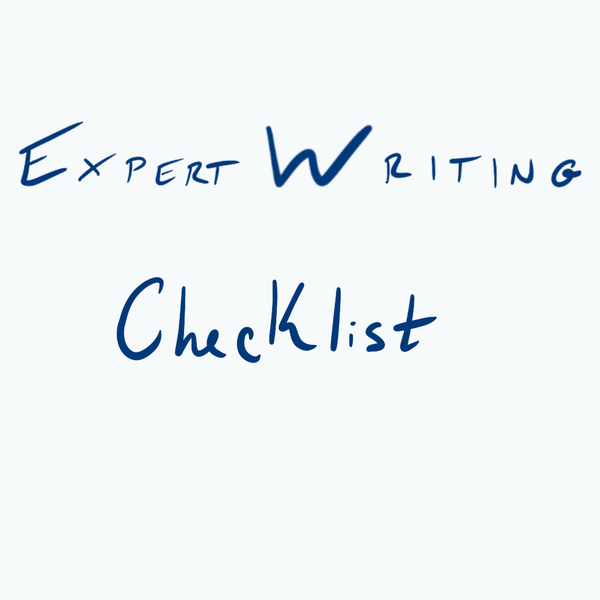Table of contents
Expert writing happens in phases.
In the first phase, you're writing for yourself. You start with a question, something incomplete or misunderstood. Then you bring in evidence, and you perform on it your own analysis. Through analysis and conjecture, you generate your own ideas. Finally, you arrive at an answer to your question.
But you can't just hand this off to your reader because they won't know how to make sense of it. When you were writing, you used writing patterns. Now it's time to prepare the document according to reading patterns.
To ready your document for readers, go through the 7 steps in this diagnostic in order:
- Know Your Reader: Consider the goals and expectations that your reader brings to your text.
- Create the Right Expectations: Identify the single idea and the 2 or 3 points you want every reader to remember, and put them where readers expect to find them.
- Create the Right Motivation: Position your ideas as the solution to a problem that readers care about.
- Cohesion & Coherence: Organize your text into a fractal pattern so that the parts add up to a whole.
- Create Value with Focus: Help readers follow your story by identifying its key characters and bringing them into focus.
- Specify Logical Relationships: Help readers track the logic of your argument with Subject + Verb Cores.
- Mechanics: Spelling, punctuation, grammar—this comes last.
